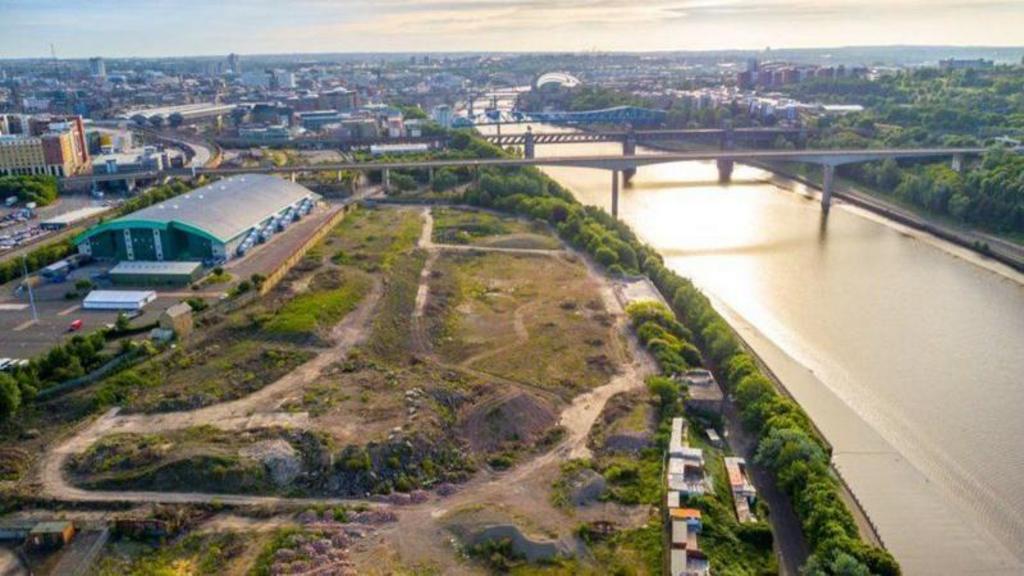“`html
The UK government has announced plans to construct up to 40,000 new homes on brownfield sites, including former railway land, goods yards, industrial areas, and station buildings, over the next decade.
This £1 billion development initiative will initially focus on pre-identified projects in Manchester, Newcastle, Nottingham, and Cambridge.
Government officials stated that this plan aligns with their “brownfield first” strategy, aiming to create “vibrant” new communities.
However, the interim target of 15,000 homes within the first five years represents a small fraction of the government’s broader commitment to deliver 1.5 million new homes by the end of this parliament, a goal already facing significant challenges.
The government intends to attract £350 million in private sector investment to facilitate the redevelopment of vacant industrial sites nationwide, creating not only housing but also retail spaces, green areas, and hospitality venues.
This initiative forms part of a larger commitment to address the ongoing housing shortage across the country.
Nevertheless, these plans encounter numerous obstacles, including strains on local infrastructure such as water, sewage, schools, and healthcare, along with capacity limitations within the construction industry.
Industry groups report existing backlogs, with hundreds of homebuilding projects stalled due to regulatory hurdles.
A new development company, Platform4, will be established through the merger of London and Continental Railways and Network Rail’s Property Development Team.
Currently, both entities manage disused railway land, but the Department for Transport asserts that this “fragmented approach” has resulted in “inefficiencies, duplicated efforts, and missed opportunities.”
Transport Secretary Heidi Alexander stated that these new developments would support job creation and economic growth, in addition to providing much-needed housing.
“It’s exciting to picture the thousands of families who will live in these future homes, the vibrant neighbourhoods springing up, and the new businesses that will launch thanks to these developments,” she said.
Bek Seeley, the chair of London and Continental Railways, has been appointed as chair of Platform4.
However, the National Federation of Builders (NFB) contends that planning delays are hindering progress on existing building projects to an extent comparable to the government’s new initiative.
According to the NFB, at least 40,000 new homes are being held up by regulators, including 700 projects awaiting approval from the Building Safety Regulator, established after the Grenfell Tower fire to oversee higher-risk buildings.
The NFB also stated that planning delays are causing small businesses to exit the construction industry, impacting training and apprenticeship programs.
Rico Wojtulewicz, the NFB’s head of policy and market insight, characterized building houses near railway lines as a “winning blueprint” due to the existing connectivity of stations to local and regional communities.
However, he added that government policy is simultaneously increasing building costs “on at least ten fronts.”
The Building Safety Regulator acknowledged that many applications have “taken longer than anticipated to process” and that it is rejecting approximately 70% of applications due to non-compliance with legal requirements.
The rejected plans are for 19 new homes on the outskirts of a Northamptonshire village.
More than 150 volunteers step in to finish renovation for a mum-of-six with a disabled son.
The proposal has prompted a wave of local opposition over the green belt development.
The bricks – by start-up company earth4Earth – are being used in pilot projects across the city.
Brian Jenkins says he had to leave his home, only to see it back on the market at an inflated rate.
“`

